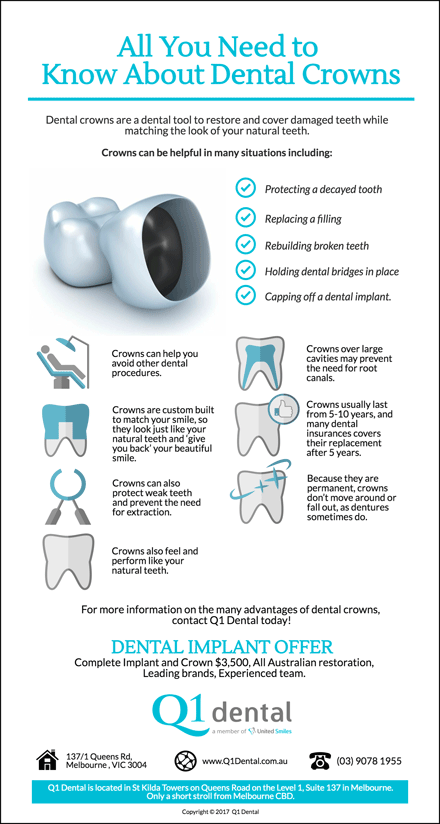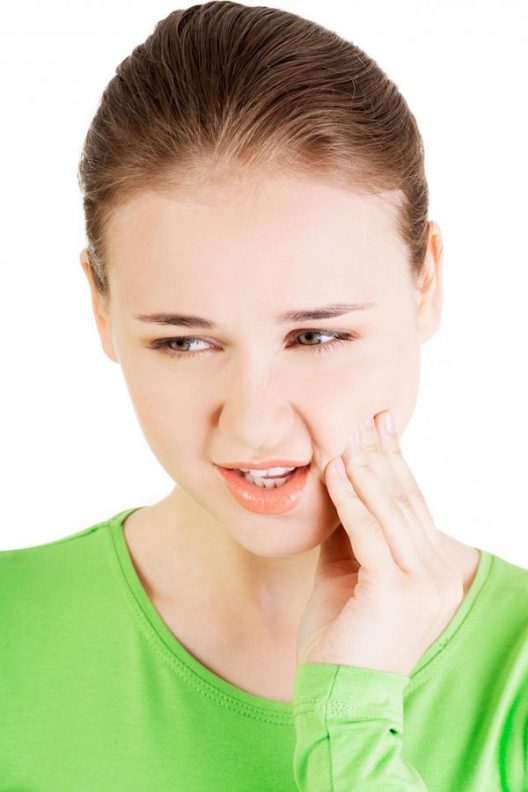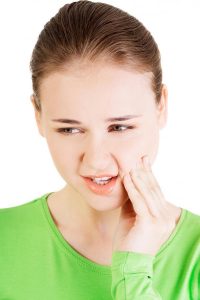A Winning Smile For Valentine’s Day
 With New Year’s Day in our rearview mirrors, Valentine’s Day is now approaching. Wherever we go we see roses, cards, and of course, candy. But this Valentine’s Day it’s not just store-bought gifts that you should be thinking about.
With New Year’s Day in our rearview mirrors, Valentine’s Day is now approaching. Wherever we go we see roses, cards, and of course, candy. But this Valentine’s Day it’s not just store-bought gifts that you should be thinking about.
Instead, spend a little time showing your teeth some love, and your brilliant smile will bring love back to you!
Valentine’s Day is all about kissing the ones we love, but no one wants to kiss a mouth that has bad breath or stained, unattractive teeth. On Valentine’s Day, by improving your dental health and smile, you can create a more kissable mouth, with teeth that are shinier and in better condition.
At Q1 Dental, we are happy to offer you these words of advice as Valentine’s Day arrives!
Consider Teeth Whitening!
Teeth whitening is an easy, effective and inexpensive cosmetic dental procedure that can produce dramatic results immediately.







